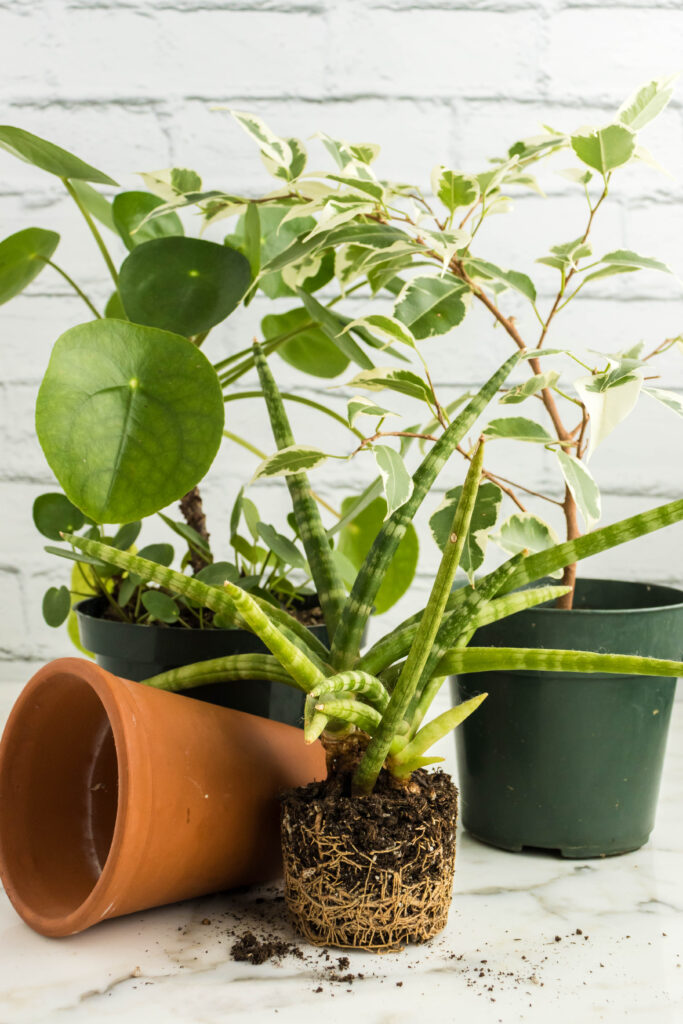By Sue Healey
March 2024
The season begins.
March always has me scanning the horizon. On the commute home, on trips with my family, anywhere I can, I track the setting sun for signs that the days are finally getting longer. Each day, the sun is a little higher over the barn roofs. More daylight and warming weather kindles in me a restlessness and a familiar urge to get into the garden. I want to dig. Alas, March is too soon to be out, no matter the air temperature. You’ll do more harm than good in that cold and still slumbering soil.
Some gardeners feed that need by nursing seedlings and have been at it for weeks. While I thoroughly encourage the endeavour, limits to time, space, and attention affect how much each of us can grow. March can leave us feeling a bit lost and left behind. What are we to do with our fingers itching for the dirt and noses twitching for the smell of earth and water?
I look again, to my windowsills, scanning my ledges for those plants in need of repotting. The pining or wilting, the ones practically climbing out of their pots. Or the cuttings by my kitchen window that have been rooting in water all winter. These are the first. And this is the beginning of the season for me. I start small, and ease into, stretch out, my favourite time of the year. Larger specimens I leave for later, when the outdoors is an option and the mess matters less.
This year I have a very divergent group that needs my attention; a sansevieria cylindrica (African Spear) which wants fast draining but rich soil, a ficus benjamina (Fig tree), and offshoots of pilea peperomiodes (Money plant), both of which need moister soil. Whatever the mix of plants is, there are a few basic rules that generally apply and make a good starting point if you are new to the game. As with most things in life, there are exceptions and good research is always recommended.
Plants should generally be given a new and larger pot when the roots have filled their container. Young plants and fast growers usually require an annual repotting but as they mature, can live in their quarters for two to five years before needing another move. You will eventually be restricted by pot size. All containers, whatever they are made of, should have drainage holes to allow excess water to escape and be only one size larger than the old one. Too big and roots cannot use up all the water they are sitting in before rotting. Potting soil that is lightweight, sterile and contains a slow-release fertilizer will be suitable for most plants. There are a few; orchids, cacti, and succulents, that prefer a specialty mix of soil which are also readily available. Plastic sheets on tables and floors help protect surfaces and make cleanup a breeze. The actual trick of repotting is easy; fill your new pot ¼ of the way with new soil, remove the plant from the old pot. If the roots are twining in a circle, gently tease them apart. Place the plant in the new pot ensuring that the crown or stem sits at the same soil level as it did in the old pot. Add more soil around the root ball, gently compacting it with your fingers as you fill it. Water thoroughly to remove air pockets and add soil to any pockets revealed. Put them in some light and leave them be for a week before you water again.
You can do as many as you like for as long as you have supplies. Over the years I have repotted the same plants many times and each time I’m amazed at their growth, at their continued beauty and I’m always grateful that I was able to be a part of it. It’s a good way to scratch that itch in March, enough of a start until true spring arrives.
For more answers to these and other burning questions, join the Tillsonburg Horticultural Society on March 5th for their monthly general meeting featuring the “March Plant Madness and the Panel of Knowledge”
Meeting begins at 7:30pm, all welcome. Membership 20/year or $4/ meeting.
